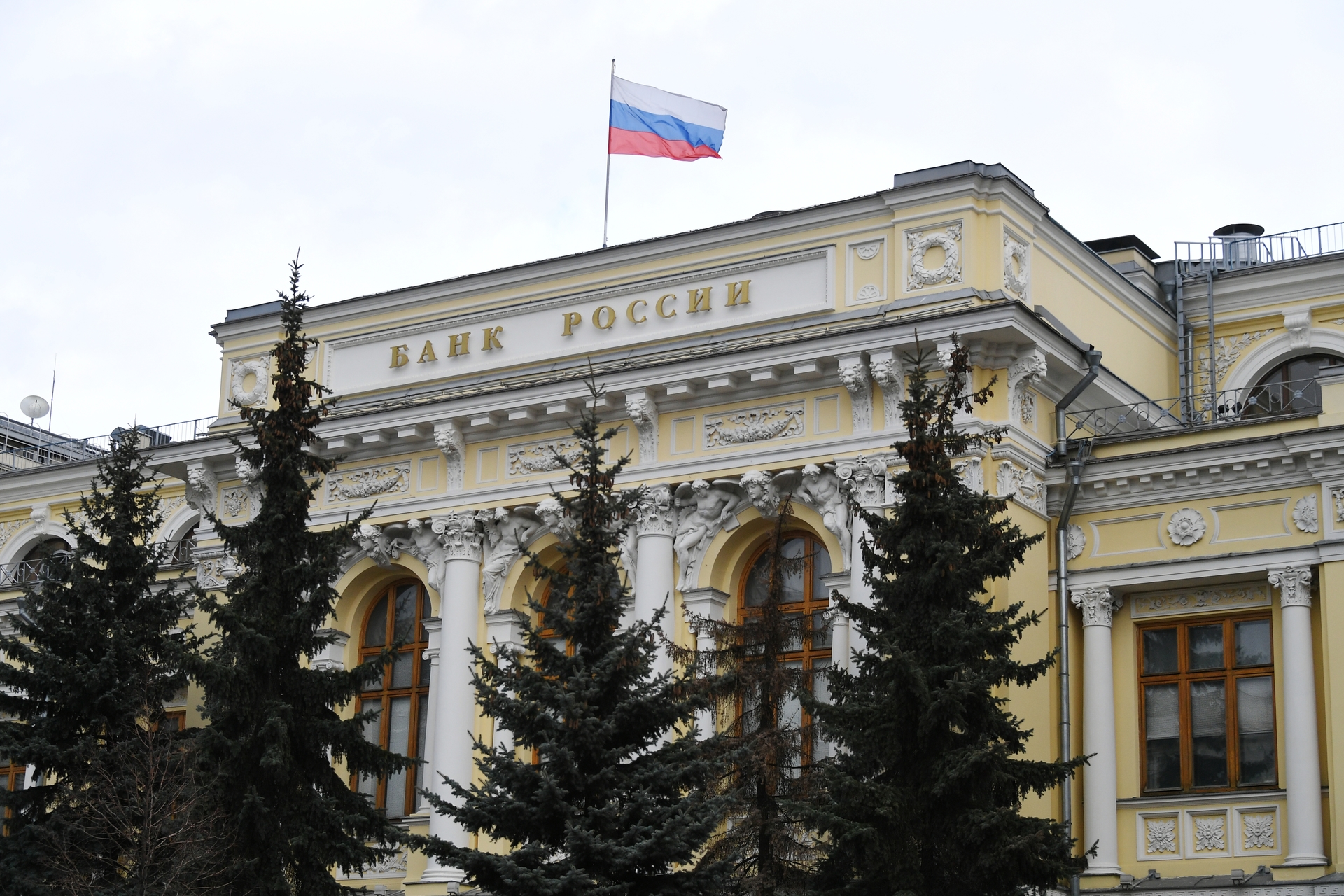On Thursday, October 7, the Russian currency strengthened noticeably during trading on the Moscow Exchange.
In the middle of the day, the dollar rate fell by almost 1% and for the first time since June 16, it reached the level of 71.69 rubles.
At the same time, the euro rate fell by 0.9% - to 82.89 rubles.
The last time a similar indicator could be observed on July 24, 2020.
The official exchange rate of the Central Bank on October 8 was set at 72.29 rubles per dollar and 83.61 rubles per euro.
“The Russian currency is strengthening as the market awaits an increase in the key rate by the Bank of Russia at the next meeting.
As the latest statistics showed, inflation in Russia accelerated again in September.
This increases the likelihood of further tightening of the Central Bank's monetary policy, "Anna Zaitseva, an analyst at FG Finam, explained in a conversation with RT.
According to Rosstat, in September consumer prices in Russia increased by an average of 7.4% compared to the same month in 2020.
The achieved level of annual inflation has become the highest since June 2016.
As part of the fight against rising prices, the Bank of Russia has steadily increased its key rate in recent months.
Now its value is 6.75% per annum.
At the same time, the high rate of the Central Bank traditionally enhances investor interest in the Russian market for federal loan bonds (OFZ).
Note that OFZ are debt obligations guaranteed by the Russian government.
Financial market participants buy securities issued by the Ministry of Finance and receive a stable income from them.
In other words, holders of government bonds lend their money to the Russian economy.
The yield on debt securities directly depends on the key rate set in the country.
Thus, in the event of a further increase in the percentage of borrowing by the Central Bank, investments in OFZs will become more profitable for investors, which will have a positive effect on the ruble, experts say.
The next meeting of the Board of Directors of the Central Bank is scheduled for October 22.
Following the meeting, the top management of the regulator can raise the key rate by 0.5 percentage points at once - up to 7.25% per annum.
This point of view, in an interview with RT, was expressed by Mikhail Shulgin, head of the Otkritie Broker global research department.
RIA News
© Maxim Blinov
As Anna Bodrova, a senior analyst at the Alpari information and analytical center, noted in an interview with RT, the ruble is also supported by relatively high oil prices.
On the eve it became known that the cost of energy raw materials of the Russian grade Urals in North-Western Europe and the Mediterranean exceeded the psychological mark of $ 80 per barrel.
This happened for the first time since October 2018, writes analytical agency Argus.
“The unprecedentedly high spot prices for natural gas contribute to the rise in the price of raw materials on the world market, which stimulates the transition of some consumers from gas to petroleum fuels.
In addition, the ministers of the countries participating in the OPEC + agreement at the beginning of this week decided to limit the increase in production quotas for the alliance in November to 400 thousand barrels per day, as provided for in the original plan, ”the agency said in a statement.
Recall that under the OPEC + 23 agreement, oil-producing countries, including Russia, are now gradually increasing the production of energy resources.
This is necessary to achieve a balance between supply and demand in the global hydrocarbon market.
Such a policy should keep oil prices from sharp fluctuations.
According to Anna Zaitseva, a global rise in the dollar's price may exert some pressure on the Russian currency in the near future.
As the specialist explained, the rate of the American currency is strengthening in the international market, as investors expect the Fed's interest rate to rise as early as next year.
However, even against this background, experts interviewed by RT positively assess the prospects for the national currency.
According to Anna Zaitseva, in the next three months the dollar exchange rate will fluctuate in the range of 71.5-74 rubles, and the euro rate - around 82.5-85 rubles.
At the same time, Mikhail Shulgin does not exclude that by the end of the year the dollar rate may drop to 70 rubles.
“From the point of view of fundamental factors, we see opportunities for a short-term depreciation to 70 rubles per dollar if oil prices consolidate in the range of $ 85-90 per barrel.
At the end of the year, a rate of about 71.5-72 rubles is more likely.
At the same time, the potential for strengthening the ruble against the euro is higher.
Here we can see 81-82 rubles per unit of the single European currency ”- concluded Shulgin.

